Over the years, I developed a number of photography related mantras that seemed like a good idea at the time, but have since changed my thinking as my understanding gets better, the technology improves, and as the times change. Today I’m going to update a few of these mantras in case any of you still follow my thinking on these topics.
Before we start, I’d like to also mention that I released a couple of updates for our new Photographer’s Friend iOS app over the weekend, that adds the ability to hide and unhide neutral density filters, to keep a cleaner list of filters. I also introduced a bug that effects fresh installs, but I fixed that in the second update which was just released.
I really just wanted to mention that if you bought Photographer’s Friend, please make sure that you update it to version 2.2 to get some cool new features, and if you ever have problems with the app, tap on the Visit Technical Support Page link on the About page that I’ve added under the Help tab, and check for any Known Issues before taking the time to let me know. I’ll keep this updated so that you’ll know if a fix is on the way etc.
AWB No Longer Sucks
Anyway, the first of my mantras that I’d like to change is that Auto White Balance no longer sucks. Until maybe one or two generations of cameras ago, I really disliked Auto White Balance. I hated how I could be photographing the same scene, say make 10 different compositions, and the color of each and every one of my frames would be different.
In the early days of the digital SLR camera, I found myself spending time trying to make the color in each image look the same, and I hate wasting time in post processing doing things that should be easier, so I turned off Auto White Balance and stayed mainly in the Daylight preset for the next 15 years.
As the years have rolled by, the technology that we make our photographs with has improved in leaps and bounds. There is still a place for tools such as using X-Rite’s color charts to create profiles, and I have an episode coming up on this soon, but for my nature work, where totally accurate color isn’t always necessary, I think our cameras have gotten to the stage where they don’t need anywhere near as much help as they used to, to give us good enough color reproduction for most cases. Because of this, I now only create camera profiles to get totally accurate color specific situations.
Just over a year ago, while spending a weekend in a hotel room in Reykjavik going through my Greenland photographs, I looked through my images as I whittled down my selection, and realized that some of the images were a bit too cool color-wise. I ended up going through my set and adjusting the white balance to make my set look cohesive, and this felt very much like my initial experience 15 years earlier, going through correcting problems that arose from using Auto White Balance.
I had been adamant that I didn’t like Auto White Balance, but I don’t like to bury my head in the sand either, so I decided to shoot Iceland in Auto White Balance and see how it turned out. I think I forgot to change one of my cameras initially, but by the second day of the tour, I was shooting in Auto White Balance, and I really liked the results.
One of the first photos from Iceland that made me realize how much I liked the AWB image better, was this photo (below) of caldera lake as we headed into the highland. Not my best photo but notice how natural the moss green colors are in this photograph, then look at the next image.
In Capture One Pro I changed the White Balance to the Daylight preset for this version (below) which is how I would have photographed it until that point. If necessary, click on the image to open it in the lightbox, and move back and forth with your mouse or arrow keys etc. to compare the two.
Although I don’t dislike the Daylight balance image, I think the AWB version is closer to how I recall the scene and feels more pleasing to look at because of the warmth in the tones.
I’m not going to bore you with lots of examples, but I found that overall I was probably now saving more time through using Auto White Balance than I had found myself spending to adjust images from my Greenland work, so it felt like a good time to make another polar change. Since then, I’ve had my cameras in AWB mode for the last year and continued to be happy with the results. So, the first mantra to be debunked is Auto White Balance no longer sucks.
Avoid Full Black in Photos
Another thing that I used to do, and have stopped over the last few years is allowing shadow areas or purposefully darkened backgrounds to go to full 100% black. As embarrassing as I now find this, I looked through my images as I prepared for this episode with Exposure Warnings turned on in Capture One Pro, and that makes full black areas of my images show up as blue. I had to laugh when this black and white flower shot showed up. I’ve embedded the Exposure Warning image (below) to show you how far I’d taken this.
In episode #503 I talked at length about The Zone System and Light Meters in Digital Photography, and also provide examples of how I avoid going to full black in my images. In the Zone System, it was zone zero, but in digital, a whole zone or 0 to 9 on a scale of 0 to 100 is too wide. My examples in that post were in Silver Efex Pro, and I used Photoshop to select areas with the Color Sampler to take readings.
Now that I work in Capture One Pro, I generally leave my exposure warnings turned on, although I’ve settled on some relatively aggressive boundaries. I set my Shadow Warning to just 1 out of a 100 and my Exposure Warning to 254, out of 255. This though enables me to work on my images, and avoid having patches of pure black and pure white.
Why have I started doing this you might be wondering, well, it’s really for printing. Pure, 100% black can cause the black ink to look a bit whacky, and even pool a little on gloss media if you don’t turn the ink output down a little. Even on matte media, it can look a little bit strange, so I decided to just avoid it in my photographs because I never know what I’ll print, and some of my work sells for stock, and that will also sometimes end up in print.
Time Brings Embarrassment
Sometimes, we look back at things we’ve done and get a slight pang of embarrassment, at least I do. I recall even just a few years ago talking about how I used the zone system indicator in Silver Efex Pro to check that I’d made the background totally black in some of my flower shots, where I plugged up the background completely. I was even still saying that I only try to avoid this if I’m going to print the image in my Capture One Pro Simple Adjustment Guide from last December.
I’m happy to see that I stopped doing this on my black background flowers from this year though, perhaps because it’s so much easier to keep track of my processing in Capture One Pro with the Exposure Warnings turned on. I’ve been trying to avoid getting any full black in my landscape work for a few years now, and I’m pleased I have, because it does make printing a lot easier, and people that buy my images as stock are perhaps also happier as well.
So the second mantra that I have stopped using is that I used to say that I didn’t care if parts of my image were full 100% black, but I do now.
Sometimes Give Your Art Away!
Way back in October 2005, twelve years ago tomorrow, in Episode 9 of this podcast, I talked about the importance of not giving away your art. This was my plea to photographer’s that gave up photographs for commercial use for free, and I still believe that this is something we have to think over very carefully. I guess today I’m not really changing my “Don’t Give Away Your Art” mantra, rather updating it to my current thinking.
The thing is, that the value of our photography has continued to drop over the last twelve years, so when I do decide to give away my art these days, I would arguably not be giving away the same value that I was back then. I still believe that the print should command a good price, and I’d prefer to see my stock licenses fetch a fair price too, but there really isn’t anything fair about photography pricing these days, because despite my humble efforts twelve years ago, people have and will continue to give up their images for nothing more than a credit and bragging rights.
Luckily there is still a market for stock, but over the last six years or so since I joined OFFSET, a Shutterstock sister company, I’ve continued to watch my payments dwindle. People just aren’t paying even the OFFSET prices as regularly as they did when the service was launched, and traditional stock pricing is pretty much dead and buried.
With that, earlier this year when I was invited to join a stock agency called Mint Images, I decided to take them up on their offer. This means that some of my work will now be sold at the extremely low prices that I’d always fought against, and you know what, I’m not going to worry about this too much.
At least I’m confident that my agent is trying to get me the best deal possible for my work, especially given that I don’t actually shoot stock photography. Even though they take a cut for their effort, it’s work that I don’t have time to do myself, so I can live with the situation. It’s not exactly giving away my art, my work, but it’s a huge mind-shift for me to have taken this plunge.
The other part of this is that I am still regularly contacted by people that want to use my work, and over the years I’ve regretted how conversations go, when I initially try to educate people on why they should be more professional in securing budget for their projects, only to find that they failed to mention that they were operating as a charity.
Most of the time, if a registered charity asks me for the right to use an image, I just ask for details of their cause and allow the use when I feel it’s appropriate. This was always the case, but now with more years behind me, I feel much more comfortable doing this.
Gift Your Art
Another thing that I have found myself doing more of as well as simply giving people gifts of my work. I love printing, but don’t necessarily need all of the prints that I create, so I have been giving these away a lot more over the past few years. I’d rather see my prints go to someone that will appreciate them than just sit in a folder in my storeroom, although living in Japan, my opportunities to do this are a little more limited. People here just don’t really see photography as a legitimate wall art or collectible art. The culture of selling photographic prints is starting to catch on, but very slowly.
Last Stand
I would like to reiterate though, that as relaxed as I’ve become about giving away my work in some circumstances, I will still never give away my work for a commercial use. I’ve resigned myself to low prices that image licensing now commands, but I will always ask people to buy that license for commercial use. Not asking for any payment at all makes the statement that my work has no worth, and I simply cannot believe that what I work so passionately to do is worthless.
How About You?
Have you got any mantras that you stuck by for years only to find yourself change them as technology catches up with us, or as you mature with age or as a photographer? Please share your thoughts in the comments below if you have. I always enjoy hearing from you and extending the conversation beyond my monologue.
Show Notes
Photographer’s Friend updates: https://mbp.ac/app
Photographer’s Friend Tech Support: https://mbp.ac/appsupport
Subscribe in iTunes for Enhanced Podcasts delivered automatically to your computer.
Download this Podcast in MP3 format (Audio Only).
Download this Podcast in Enhanced Podcast M4A format. This requires Apple iTunes or Quicktime to view/listen.

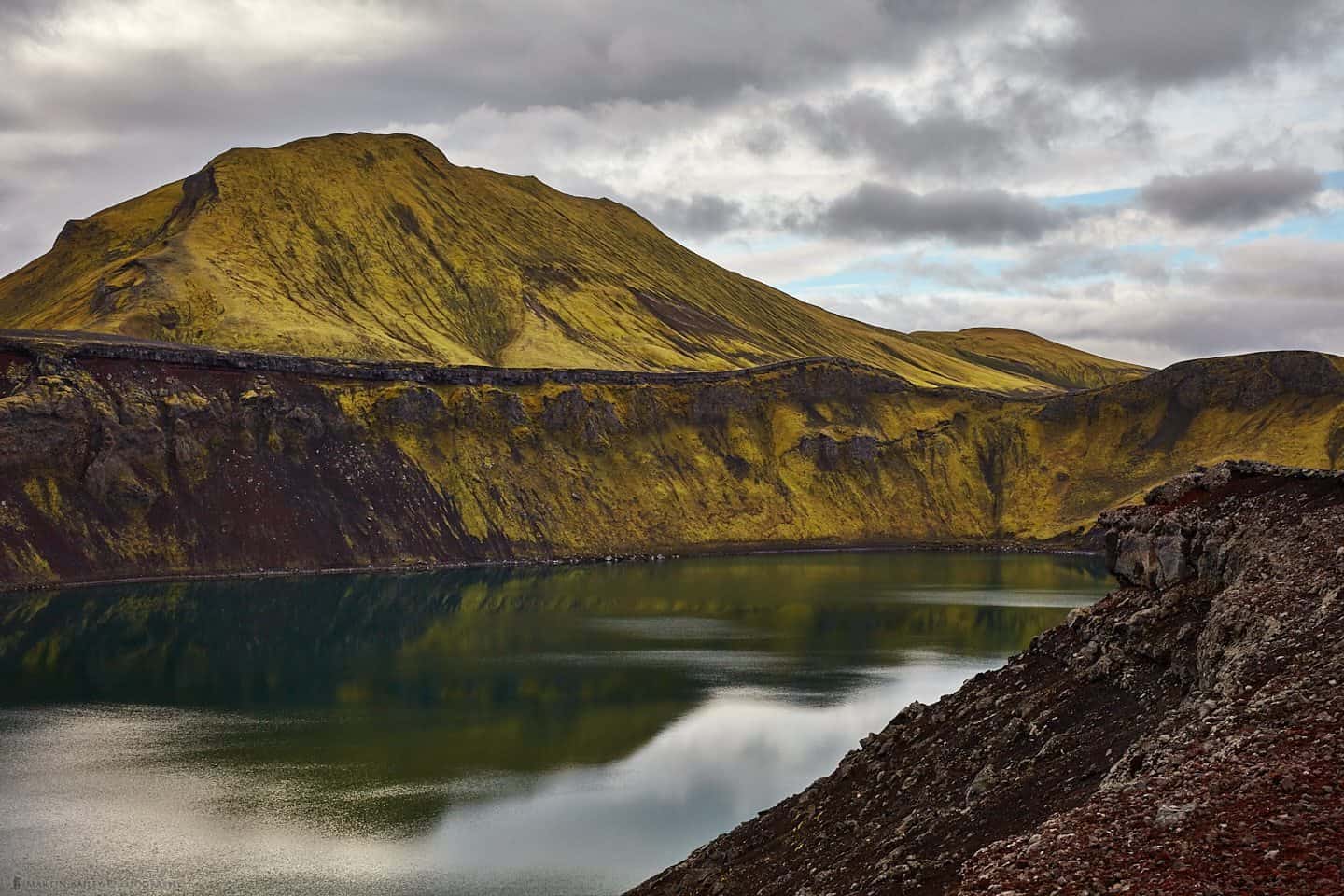
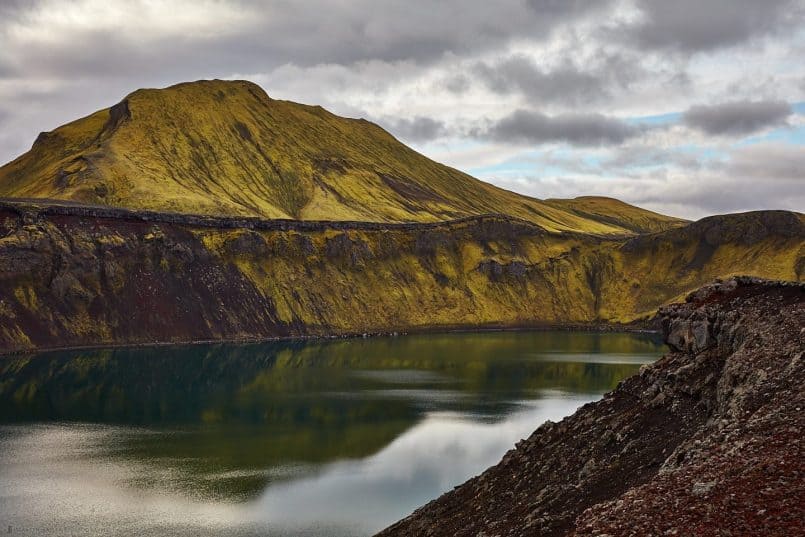
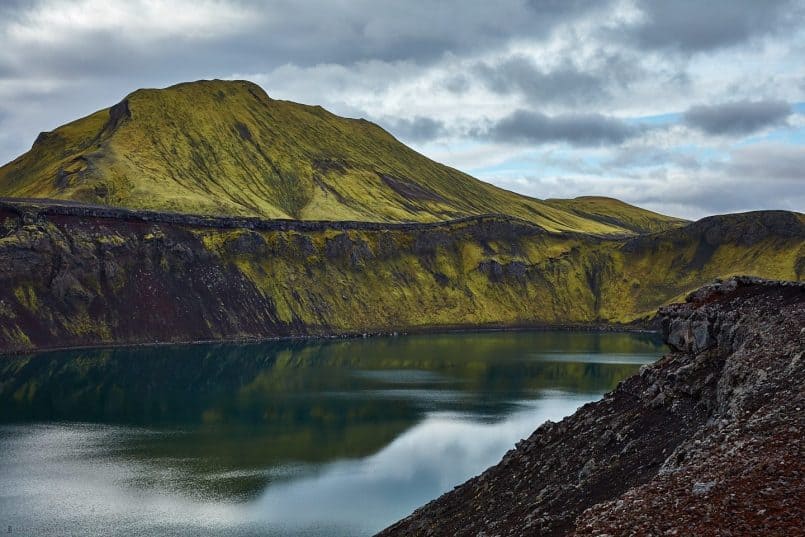
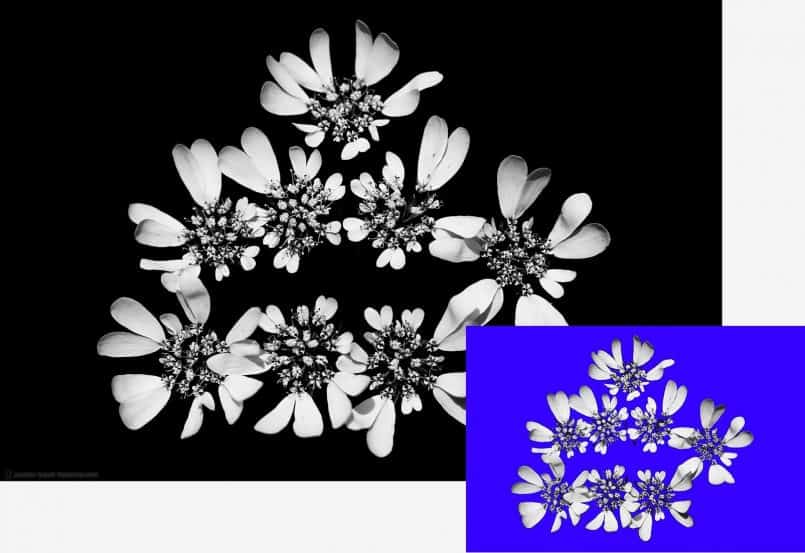
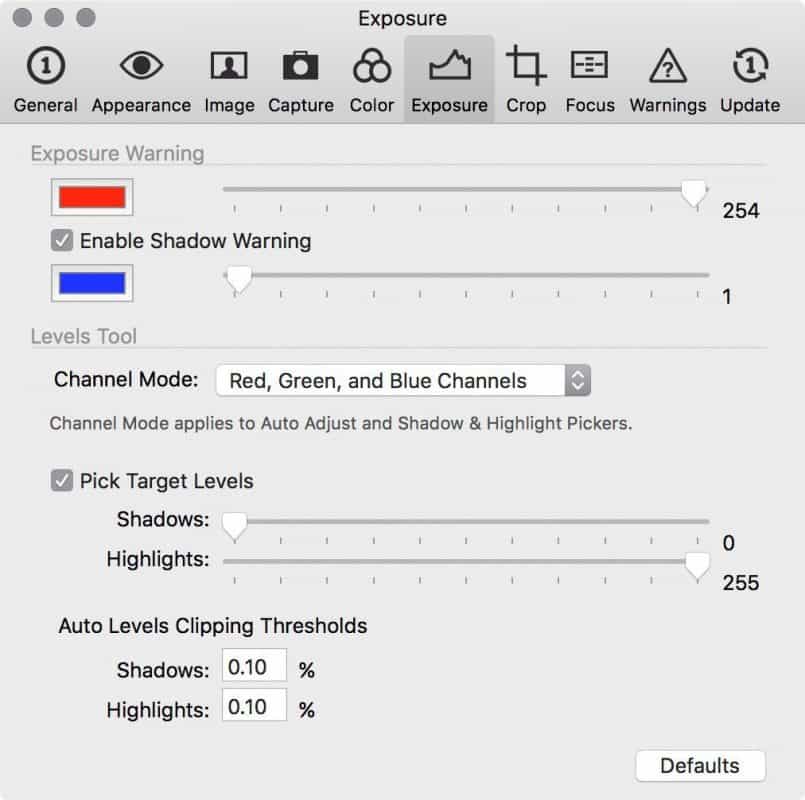

I have gone the opposite way with AWB, I used to shot it all the time and not have any problems. Till this spiring when the bluebells were out, I shot first thing in the morning with nice yellow light and the camera, Canon 5Dmk2 did not do a good job, the next day went to the same wood, with day light selected everything looked good with a nice yellow glow! So now I shoot with day light set all the time now. Up till now no problem! But now you have sown a seed of doubt I might try AWB again.
Hi Dave,
So, you may have missed my point about the generation of cameras. The 5D Mark II is now 3 generations behind, and that I what I consider the last generation that I still did not trust. I didn’t really use AWB on the 5D Mark III either, but I believe it was probably OK by then. You might be OK to give it a try, but I wouldn’t be surprised if the Daylight preset gives better results most of the time.
Plus, scenes with lots of one color maybe do still confusion the systems. I haven’t really shot fields of flowers over the last year. 🙂
Cheers,
Martin.
Martin –
Thank you for this podcast episode. It was very thought-provoking for me. I don’t know if I have any specific mantras that have changed but I definitely have feelings about photography and how I approach (or should I say don’t approach) my art that has changed. Your podcast has sparked me to spend time thinking about that.
Over the past 2 years, I’ve found myself less and less enthusiastic about creating images. It stems from multiple things. External demands on my time are one. My career has been becoming more and more demanding on my time and make opportunities for photograph harder to come by. I really enjoy what I do but it has hampered my photography. The second thing and the one I dwell on the most was my transition to Lightroom from Aperture. It’s a funny thing. I know it’s just software but I used to love the organization, culling and editing part of photography. When I switched I could never get my workflow to fully feel fluid. I never felt quite organized and found the program to be quite slow to work within and didn’t fit with my organization thought process. As a result, I started to process more and more 1 off photos from a shoot, I would transfer images over edit 1 or 2 then delete the card. I wasn’t interested in going into (what I call in my head “that turd of a program”) Lightroom. It’s been an interesting transition. I know Lightroom just got some updates. I haven’t had a chance to fully look at what that means to me and my workflow. Maybe it will make it better, maybe not. It’s never been about the editing part and always the organization for me.
Your podcast gave me time to reflect on the changes in my photography life. I appreciate that.
Hi Nick,
I’m pleased that my post got you thinking. Sorry to hear that you aren’t as enthusiastic about your photography as before, but life sometimes has to come first.
I fully understand your feeling about your Lightroom workflow. It’s vitally important that your workflow feels smooth, and it sounds like you aren’t getting that from Lightroom. Before I switch to Capture One Pro, I heard from a lot of people that were having problems with LR being slow, although I never had any issues myself.
I decided to switch to Capture One Pro for image quality, and I’ve fallen in love with the workflow too, but it’s hard to say if you’d find it better, as it’s a different workflow again. I prefer Capture One now, although I was very accustomed to working in Lightroom. It might be worth grabbing a copy of Capture One Pro and using it for the trial period, but with your current situation in mind, it might not be worth the effort. https://mbp.ac/c1download
Maybe wait until you get fired up about photography again, as it will take some mental energy and time to learn yet another workflow.
I wouldn’t worry about not being so engaged at the moment Nick. If your passion for photography is still there, it will reel you back in at some point. It’s good that you are still thinking about this stuff though. It shows that the fire is still there.
Regards,
Martin.
Not only in Japan is photography not considered an art worth collecting, but here in the US as well. A friend who has a gallery and farming store has commented to me that most of what sells is anything but photography.
I think I can summarize the sentiment with my sisters statement to me. “Why would I buy a photo of something that I could take myself? “ She wasn’t being mean about what she said but frank. I think is was a statement that really says what people think about photography. Not all but the majority.
Although I understand your point David, statistically photography sells much better in the US than any other country. But, out of all art sales worldwide, photography only makes up around 1% of the yearly sales, so it’s definitely a small market, but the US has over half that market, with the UK around half the US, and France just under half again. By comparison, believe me, the Japan market is virtually none-existant.
A few people would think that I have stupid written on my forehead. Let’s just say that a nagging interest to me about a niche genre over the last 40 years finally took hold and led to a 6 year effort to obtain the wherewithal for a in-home studio specializing in high resolution digital photography of art work and historical objects. Having a technical background, custom apparatus was designed and built in my shop for specific needs.
Knowing from past experience how time consuming this photography can be, especially digital restoration, it was apparent that no sensible person in my area of the state would show up at my door and pay the going price. I am retired, don’t really need extra income, and don’t want the hassle of a business. Solution, let’s donate some free time to the local communities and do my photography pro bono for artisans, collectors, museums and historical societies who can not afford professional photography..
High resolution is the key. The full frame of a 50 MP Canon 5Ds provides a 16 x 24 inch native image size for smaller objects such as a piece of jewelry or a coin. Panoramas and matrix panoramas capture larger objects such as a full size antique quilt with image files at least life size or modestly larger. A full size print, gallery print or downsized image for any use is a snap from one high resolution master image file.. A lower resolution Canon 5D MK III is used when job appropriate. Typically the customer provides a USB flash drive and I provide full resolution jpg and downsized files suitable for digital projection. Any consumables are at cost.
Between client and personal work there is enough free time to go around. Most of my clients are local museums or historical societies that are staffed by volunteers with little operating capital. The client base slowly grows by word of mouth. Clients must express specific needs before any photography is done to meet those needs. My satisfaction from the work and thanks received from my clients is quite rewarding. The technical and problem solving photographic education received through the custom setups in the studio is priceless. Nearly every object to be photographed is unique in some way. Being involved with people who are invested in preserving art and history is interesting.
There are specific terms and conditions to which the client and me adhere. My portfolio grows. The client has full rights to the high resolution jpg files in order to benefit, promote and/or fund their efforts. Either party must credit the other if imagery is publicly shown. I can not sell their imagery, but I have ownership of the master Photoshop files and derivatives, and can officially copyright when appropriate. Doing work for free works for me and the client.
A recently completed project: 249 artworks in a collection by artist Helen M. Hastings (1871-1953) done sometime from about 1890 to 1910, were unknown and recently found by the museum staff after over 100 years storage in the attic of the museum building. The recently completed 6 month project photographed 103 oil paintings, and a variety of illustrations, sketches, and watercolors. 536 high resolution images were created: “as is” of all 249 artworks, a few with sketches on the the reverse. The oil paintings were cleaned by the museum staff to remove blooming artifacts and were rephotographed. Then all cleaned oil painting and remaining artwork images were retouched in Photoshop to eliminate all damage and artifacts, essentially creating digital restorations for the museum to use for presentations, promotions and displays.